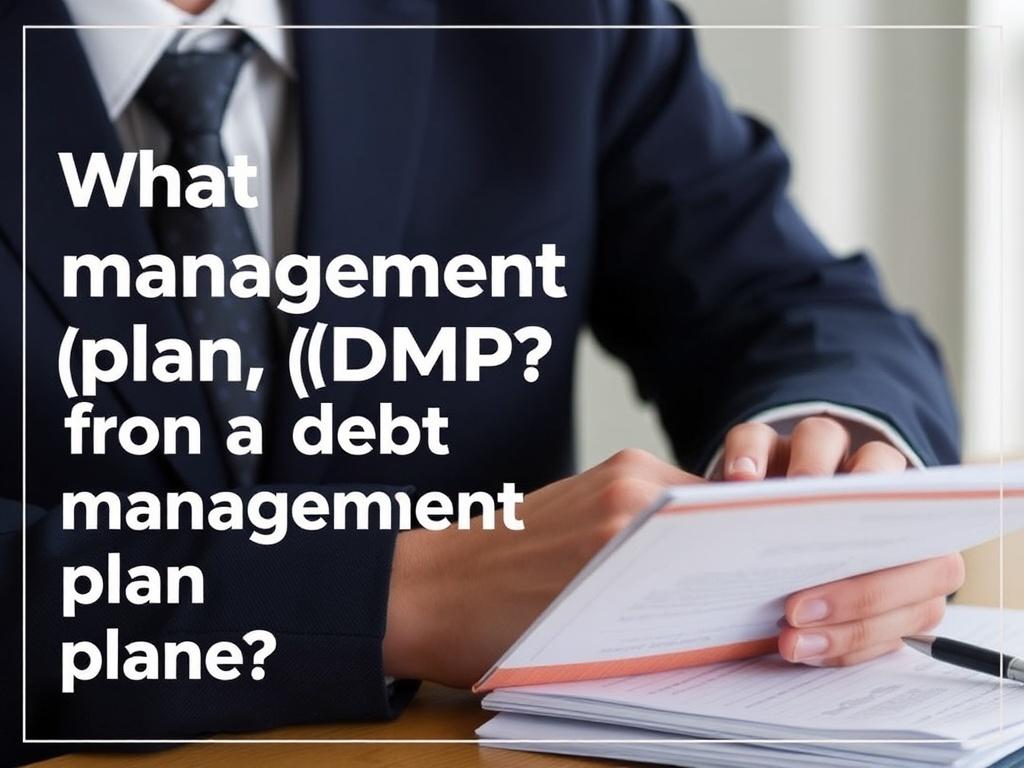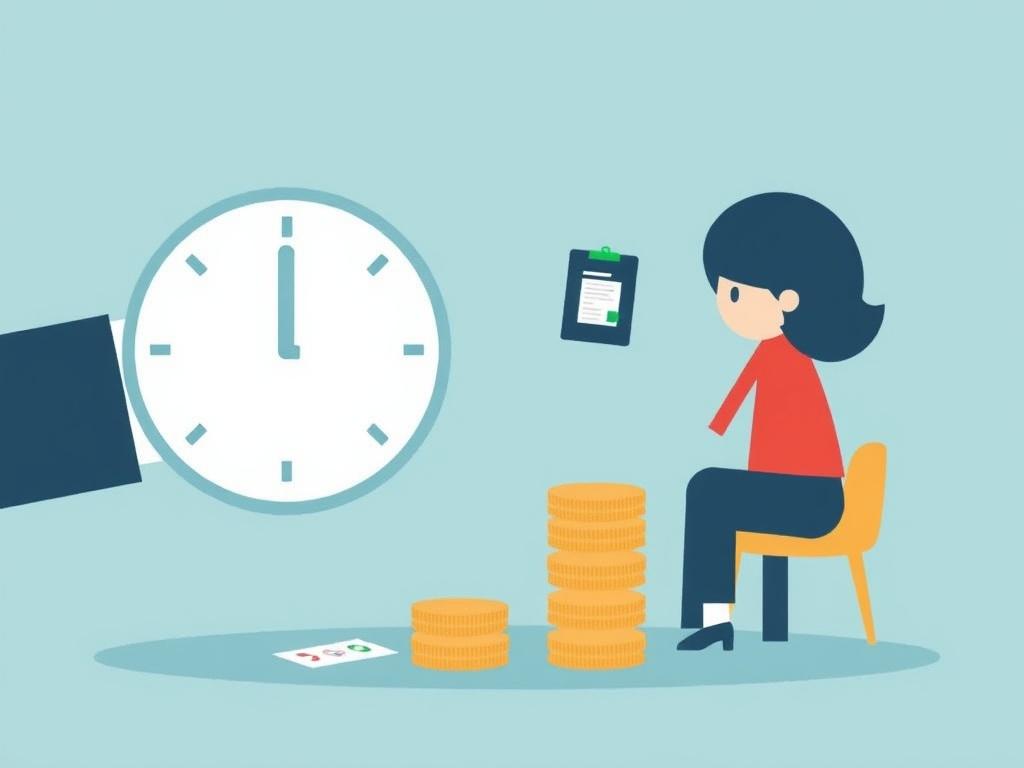SQLITE NOT INSTALLED
Содержание
Understanding Debt and the Need for a Debt Management Plan
Debt is a reality for many people around the world. Whether it’s credit card bills, personal loans, or overdrafts, managing multiple debts can become overwhelming, leading to stress and financial uncertainty. A debt management plan (DMP) is one of the most effective solutions for people struggling to keep up with their repayments but who want to avoid more drastic measures like bankruptcy. Simply put, a DMP is a way to help you regain control over your finances by agreeing on a manageable repayment plan with your creditors.
When you hear the term “debt management plan,” it might sound complicated, but it’s really about creating a realistic, structured approach to paying off what you owe. It’s designed to lower your monthly payments, reduce the interest or charges, and give you clear goals to work towards becoming debt-free. In this article, we’ll explore what a debt management plan really is, how it works, its advantages and disadvantages, and who can benefit the most from this solution.
What Exactly Is a Debt Management Plan (DMP)?
A debt management plan is a formal agreement between you and your creditors that allows you to pay off your unsecured debts over time through affordable monthly payments. Usually, a reputable debt management company or a nonprofit credit counseling agency will help set up this plan after reviewing your income, expenses, and total debt.
The primary aim of a DMP is to stop fees and interest from piling up, by negotiating with your creditors to freeze or reduce these charges. This makes it easier for you to pay off your debt quicker without getting caught in a cycle of increasing balances.
Key Features of a Debt Management Plan
- Single Monthly Payment: Instead of juggling various debts, you make one consolidated payment to the debt management provider who then distributes it to each creditor.
- Reduced or Frozen Interest Rates: Creditors often agree to lower interest rates or freeze additional fees while you’re on a DMP.
- No New Credit: During the plan, you are generally advised not to take on new credit to avoid further debt issues.
- Flexible Term Length: The length of a DMP usually ranges from 3 to 5 years, depending on your situation.
- Credit Impact: While a DMP can affect your credit score, it’s often less damaging than missed payments or bankruptcy.
How Does a Debt Management Plan Work in Practice?
The first step in setting up a debt management plan is going through a free debt assessment with a reputable credit counseling agency. This assessment involves looking at your financial picture, including your income, essential living expenses, and all your debts—credit cards, store cards, personal loans, and even overdrafts.
After analyzing your budget, the counselor works out a plan that makes sure you can afford reasonable monthly payments without sacrificing basic needs. They then propose this plan to your creditors, asking them to accept reduced interest rates or stop charges like late fees.
Once agreed, you will pay the counseling agency one monthly amount. This agency then takes responsibility for paying your creditors on your behalf. This consolidation helps avoid missed payments; since payments are centralized, the chances of accidentally missing a creditor payment are minimized.
Typical Timeline of a Debt Management Plan
| Stage | Process | Approximate Duration |
|---|---|---|
| Debt Assessment | Review your finances and debts with a counselor. | 1-2 hours |
| Plan Proposal | Counselor negotiates terms with creditors. | 2-4 weeks |
| Implementation | Start making monthly payments under the new plan. | 3-5 years (typical) |
| Plan Completion | Final payment and debt clearance. | Varies by individual |
Who Can Benefit from a Debt Management Plan?

Debt management plans are suitable for individuals who have multiple unsecured debts and find themselves struggling to keep up with payments but still have a steady income. They aren’t designed for people who can easily repay debts on their own, nor are they suitable for secured debts such as mortgages or car loans.
If you’re being harassed by creditors, missing payments, or feeling overwhelmed by the size of your debt—then a DMP could be a helpful option to prevent things from getting worse. Furthermore, they are especially useful if you want to avoid bankruptcy or other formal insolvency procedures, which can have long-term consequences.
People Who Should Consider a Debt Management Plan:
- Individuals with multiple credit card debts and personal loans.
- Those who find their monthly minimum payments unaffordable.
- People who want to avoid bankruptcy but need a structured repayment plan.
- Anyone looking for professional help in negotiating with creditors.
- Individuals who prefer a managed, consolidated payment system.
Situations Where a Debt Management Plan Might Not Be Ideal
A DMP doesn’t cover secured debts like mortgages or car finance, and it’s not a legal solution. So, if your finances are extremely strained or you owe large amounts that can’t be repaid on any timeline, bankruptcy or other insolvency options might be more appropriate. Additionally, a DMP requires strict budgeting and commitment, so if you expect unstable income or want to continue using credit cards, then it may not work well.
Costs and Fees Associated with a Debt Management Plan
One of the concerns many people have when considering a debt management plan is whether they will be burdened with extra fees. The good news is that many nonprofit credit counseling agencies offer free initial consultations and charge nominal fees for managing the plan itself.
However, there’s sometimes a small monthly fee for handling payments, which typically ranges from $10 to $50, depending on the agency and your financial situation. It’s important to ask about any charges before committing.
Common Fee Structures
| Fee Type | Description | Typical Cost |
|---|---|---|
| Setup Fee | One-time fee for creating the plan. | Free to $75 |
| Monthly Fee | Charged for distributing payments. | $10 – $50 |
| Credit Counseling | Initial financial assessment. | Usually free |
Before enrolling in a debt management plan, make sure you fully understand the fees and how they will affect your monthly budget.
How a Debt Management Plan Affects Your Credit Score
A common worry about debt management plans is their impact on your credit rating. While enrolling in a DMP itself isn’t a direct negative mark on your credit report, the reality is more nuanced.
Most creditors will report your accounts as “being managed under a debt management plan,” which can show up on your credit report. This notation may slightly lower your score, but it’s generally viewed as less harmful than missed payments, default notices, or bankruptcy records.
Also, because a DMP requires you to stop using your credit cards, your credit utilization ratio may improve over time as your debts decrease, which could help boost your credit score after you complete the plan.
Steps to Take Before Starting a Debt Management Plan
Before jumping into a debt management plan, it’s important to take certain preparatory steps:
- Evaluate Your Debt: List all your debts, interest rates, minimum payments, and total amounts owed.
- Understand Your Budget: Calculate your income and essential living expenses to see how much you can realistically commit.
- Seek Credit Counseling: Get professional advice from a reputable nonprofit credit counseling agency.
- Research Providers: Not every agency is the same; check for accreditation and reviews.
- Communicate with Creditors: Sometimes, creditors may offer payment holidays or lower rates without needing a formal plan.
Alternatives to a Debt Management Plan
While a debt management plan is ideal for many, it’s not the only solution for handling overwhelming debt. Depending on your financial situation, you might want to consider other options:
- Debt Consolidation Loans: Taking out a single loan to pay off multiple debts, often with a lower interest rate.
- Debt Settlement: Negotiating to pay a lump sum lower than the full amount owed. This can harm your credit.
- Bankruptcy: A legal procedure for erasing debts under certain conditions, but with serious long-term effects.
- Individual Voluntary Arrangement (IVA): A formal payment plan approved by creditors, usually lasting five years.
Choosing the right option depends heavily on your income, debt amount, and long-term financial goals. A credit counselor can help you determine which route fits best.
Tips for Making a Debt Management Plan Work for You
Starting a debt management plan is just the beginning. To make the most of it:
- Stick to your monthly budget strictly.
- Maintain communication with your counselor and update them on financial changes.
- Resist the temptation to take on new credit during the plan.
- Celebrate small milestones to stay motivated.
- Educate yourself on money management and financial planning.
Where to Find Help with Debt Management Plans

If you’re ready to explore a debt management plan, it’s crucial to work with trustworthy organizations. Look for nonprofit credit counseling agencies that offer free, confidential advice. Avoid companies that push quick fixes or charge exorbitant fees. Some well-known organizations provide free online tools or one-on-one sessions to help you understand your options, including DMPs.
FAQs About Debt Management Plans

Can I use credit cards while on a debt management plan?
Generally, no. Most counselors recommend stopping credit card use to avoid adding to your debts.
Will creditors always accept a debt management plan?
Not always. While many creditors cooperate, some may refuse and pursue other methods to recover debts.
How long does it take to complete a debt management plan?
Typically between three to five years, but it depends on how much you owe and how much you can pay monthly.
What if I miss a payment during the plan?
Missing payments can jeopardize the agreement and cause creditors to resume full charges or collections. It’s best to inform your counselor immediately.
Is a debt management plan legally binding?
No, it’s a voluntary agreement, but creditors often honor it for the duration of the plan.
Conclusion
A debt management plan (DMP) offers a practical, manageable solution for those dealing with multiple unsecured debts. By bringing together debts under one affordable monthly payment, negotiating with creditors to freeze or reduce interest, and providing you with professional support, a DMP can help reduce financial stress and put you on a path toward becoming debt-free. While it’s not a perfect answer for everyone, especially those with secured debts or extremely high liabilities, it’s a valuable tool that can prevent more severe consequences like bankruptcy. If you find yourself overwhelmed by debt, seeking advice from a reputable credit counseling agency and considering a debt management plan could be the first step in regaining control of your financial future. Remember, the key to success lies not only in the plan itself but in your commitment to budgeting, avoiding new debt, and working closely with your counselor to adjust as life changes. Taking action today can help you build healthier habits and achieve financial freedom tomorrow.
Опубликовано: 23 July 2025 Кредитрон – блог о кредитах, финансах и прочих реверансах
Кредитрон – блог о кредитах, финансах и прочих реверансах

